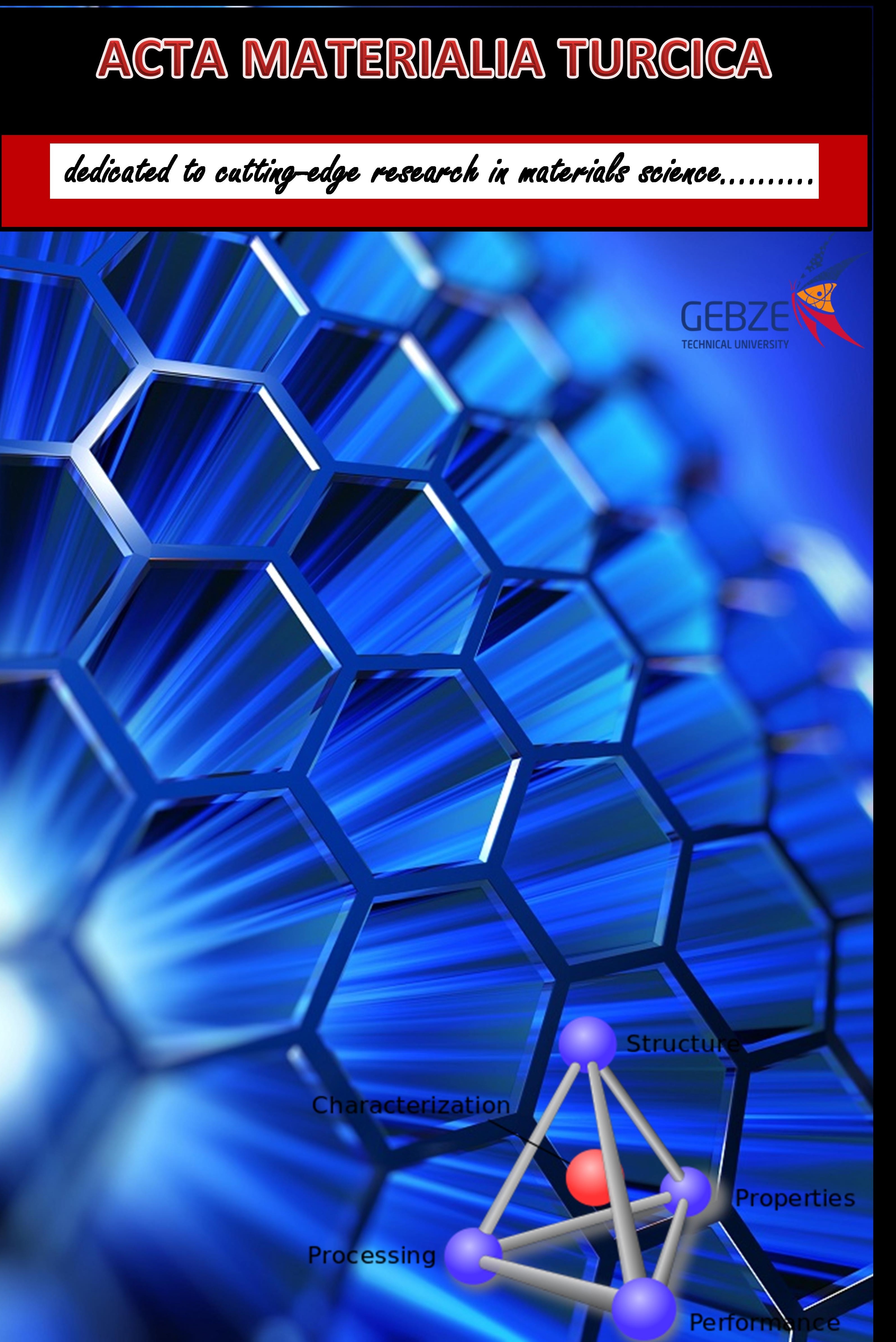
Acta Materialia Turcica
Yazarlar: Miroslav VOKÁČ, Tomáš HÁNA, Klára V. MACHALİCKÁ, Martina ELİÁŠOVÁ
Konular:Mühendislik, Makine
Anahtar Kelimeler:Laminated glass,Polymeric interlayer,Shear-coupling,Maxwell model,WLF model,DMTA
Özet: In contemporary architecture, laminated glass panes are widely used for structural elements loaded perpendicularly to its surface such as floors, roofing, facades etc. It is sought-after for its transparency and smooth reflective surface. In this case, it is advisable to consider the interaction of the individual glass panes in the cross-section. A conservative approach, that does not take into account the shear interaction of glass panes, is uneconomical. Various commercial products based on PVB (polyvinyl butyral), EVA (ethylene vinyl acetate), ionomer, or thermoplastic polyurethane (TPU) are used. Stiffness of polymers depends on temperature and duration of a load. Interlayers exhibit the viscoelastic properties and temperature dependency is usually described by the generalized Maxwell model and WLF model (Williams-Landel-Ferry). Parameters of these models are most effectively determined by Dynamic Mechanical Thermal Analysis (DMTA), where the material is cyclically loaded at different frequencies and temperatures. Two types of PVB interlayers (Trosifol® Extra Strong and Trosifol® BG-R-20) were investigated using DMTA in the research carried out at Klokner Institute, CTU in Prague. In addition, experimental quasi-static loading tests were performed in shear at various loading rates and temperatures. The testing arrangement was as single lap shear test in both cases. The experimental stress-strain diagrams from static tests were compared with the theoretical diagrams derived from material parameters based on DMTA testing. Although both materials are PVB-based, shear stiffness and temperature dependence are considerably different due to additives added to the PVB feedstock. These differences in material behavior are important because the actual material properties have to be taken into account in the design of laminated glass structure.